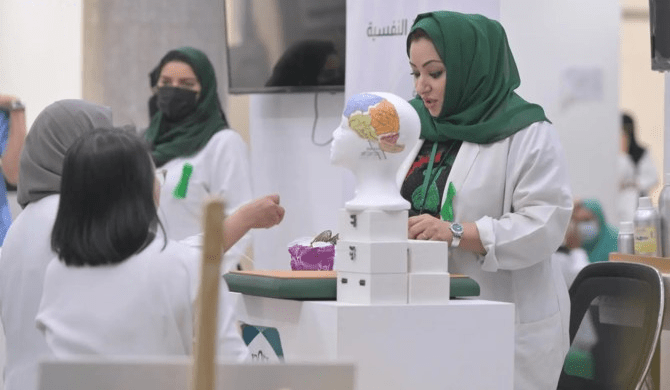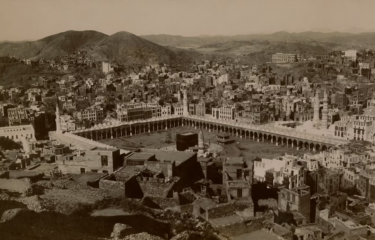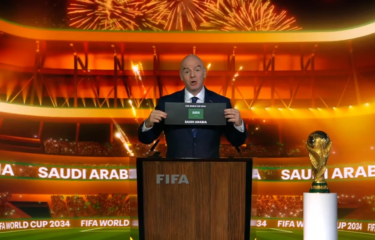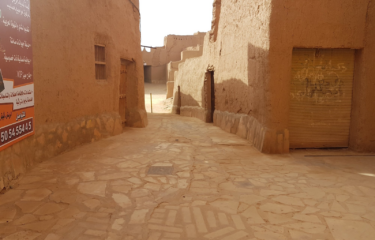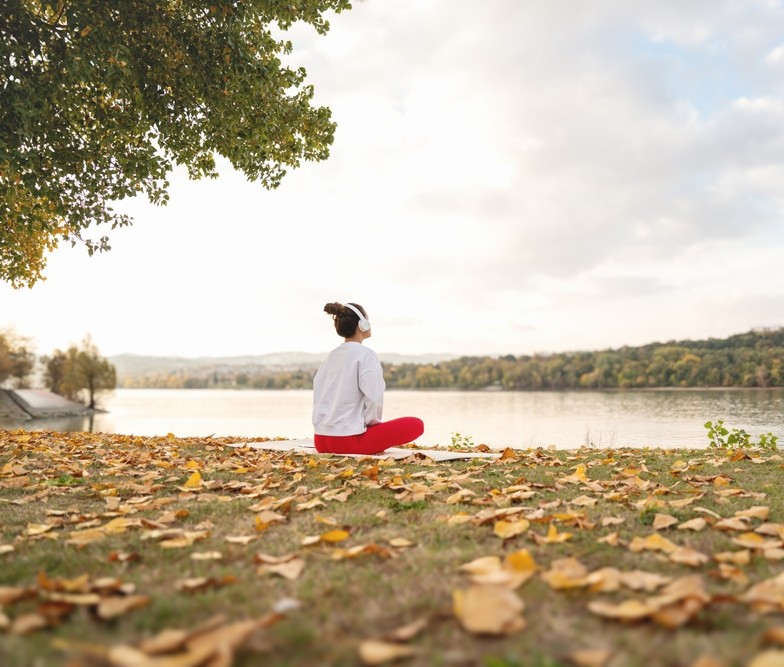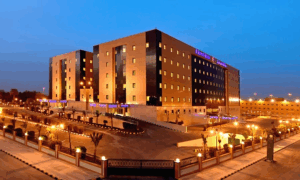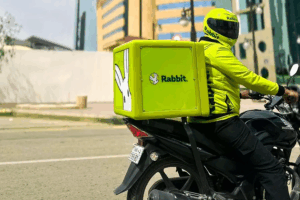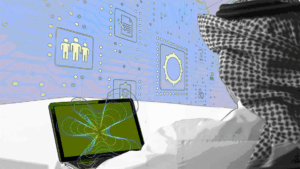For a long time, mental health was a quiet topic in Saudi Arabia. People leaned on family, prayer, and patience to carry them through emotional struggles. Therapy wasn’t something many talked about, let alone sought out. But the story is changing. Slowly, steadily, more people are opening up. They’re looking for help. They’re talking about their pain. And they’re finding new ways to heal. Ways that still respect tradition but offer room for growth.
Across the country, clinics are expanding. Apps are popping up. Social media feeds are filled with real conversations about anxiety, depression, burnout, and recovery. There’s still hesitation, especially among older generations. But the shift is real.
Let’s take a closer look at how therapy is evolving in Saudi Arabia. From government programs and digital innovation to cultural challenges and youth-driven change, here’s what mental health support looks like today, and where it might be heading next.
Understanding the Changing Mental Health Landscape
Historically, emotional struggles in Saudi Arabia were handled privately. Many turned to imams, elders, or family members.
The idea of seeking therapy felt foreign, even shameful. Mental illness was often misunderstood. In many families, people were expected to stay strong, stay quiet, and pray their way through. A lot of people also believe in the power of Ruqyah shariah, which is a compilation of Quranic verses and supplications believed to protect from evil and harm.
But as urban life grew busier and more demanding, those traditional tools began to fall short. Around one-third of Saudis experience a mental health disorder in their lifetime. Depression affects about 12.7% of the population. Anxiety is nearly as common. Yet 80% of people with severe mental conditions still don’t seek help.
The good news? That’s starting to change. Younger Saudis are leading the charge. They’re studying psychology. They’re becoming therapists. And they’re sharing their stories online.
More importantly, therapy itself is being reimagined, not as a replacement for tradition, but as a companion to it.
How Vision 2030 Is Supporting Mental Wellness
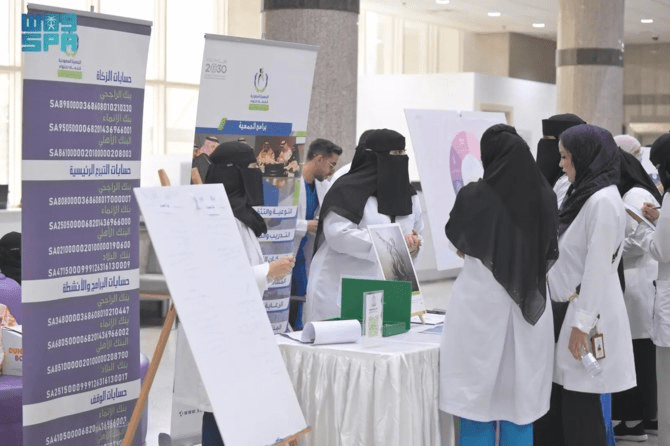
Government support plays a big role in normalizing therapy. Mental health is now part of Saudi Arabia’s national health strategy. Since the introduction of Vision 2030, there has been a strong push toward integrating mental wellness into everyday life, from clinics and hospitals to schools and workplaces.
One of the major milestones was the Mental Health Law passed in 2014. It outlined clear protections for patients, focusing on rights, dignity, and access to care.
In 2019, the National Center for Mental Health Promotion was launched to offer services and raise awareness. It runs support programs through platforms like Qareboon and has helped integrate mental health into 832 primary healthcare clinics, reaching more than 44,000 people every year.
Hospitals like the Rafa Mental Health Center and Azm Center for Psychological Empowerment have opened under this wider plan. The Ministry of Health is working on a patient-first model of care that treats physical and mental health together.
Still, funding remains an issue. Only about 4% of the national health budget is allocated to mental health services. Insurance coverage has improved, raising the cap on psychiatric care from SR15,000 to SR50,000. But that hasn’t solved the affordability problem. Sessions with qualified therapists still cost more than many can afford. Digital services help, but they’re not always cheap. For example, a plan on Labayh can go up to 700 SAR, and even discounted platforms like Shezlong may not be accessible to everyone.
Affordability aside, there’s also a shortage of mental health professionals, especially female therapists. This makes it harder for women to find providers they’re comfortable with. Women also face higher rates of anxiety and depression, yet many don’t seek help due to social pressure, financial dependence, or cultural barriers. Despite progress, a major chunk of women with mental disorders still go untreated.
Social Media’s Role in Shifting Perspectives
Saudis are among the world’s most active users of TikTok, Instagram, YouTube, and Snapchat. These platforms have become places where people open up about therapy, anxiety, depression, burnout, and finding relief.
You’ll find influencers talking openly about their therapy journeys. Short videos offer tips on self-care. Hashtags like #MentalHealthAwareness and #YouAreNotAlone collect millions of views. For many young Saudis, this content is the first step toward understanding that therapy isn’t weakness. It’s care.
Apps like Labayh have exploded in popularity, especially during the pandemic. Instead of billboards, they used TikTok to spread messages in a way that felt natural. At one point, Labayh was growing at 2000% month-over-month.
These digital platforms do more than start conversations. They make therapy easier to access. You can book a session, talk to a therapist, or start a mental health plan, all from your phone.
But there’s a flip side. Overuse of social media has created its own mental health problems. Around 74% of young Arabs say they struggle to unplug. More than half feel social media harms their emotional wellbeing. This means that while these platforms are tools for change, they can also be sources of stress.
Blending Traditional Values with Modern Therapy
Saudi Arabia is finding its own way with therapy. Many still prefer healing methods rooted in faith. Religious counseling, prayer, and Quranic verses play a role in emotional support for a majority of the population. Others turn to cupping or honey therapy, long practiced in Arab medicine.
At the same time, culturally sensitive therapy is on the rise. One example is Islamically adapted cognitive behavioral therapy. It uses common therapeutic tools, like addressing negative thought patterns, but frames them within Islamic values such as patience (sabr), gratitude (shukr), and trust in God (tawakkul).
This combination helps therapy feel less foreign and more grounded in everyday life. It allows people to talk about their feelings in a way that still honors their beliefs.
What Therapy Looks Like Today
Therapy is slowly entering schools, workplaces, and even mosques. The concept of emotional self-care is catching on. Art therapy, support groups, and anonymous helplines are becoming more available.
Apps like Shezlong and TherapyMantra now offer affordable online therapy, sometimes for as little as $7. On the other hand, more advanced plans on Labayh can cost up to 700 SAR, making affordability a continuing challenge.
While digital services help bridge some gaps, access still depends on location and income. Many rural areas remain underserved. And women often face added hurdles, from transportation limitations to gender preferences for therapists.
Women also experience higher rates of anxiety and depression, but fewer seek professional help. Social pressure, stigma, and a lack of female therapists can make care harder to access.
What’s Ahead for Mental Health in Saudi Arabia
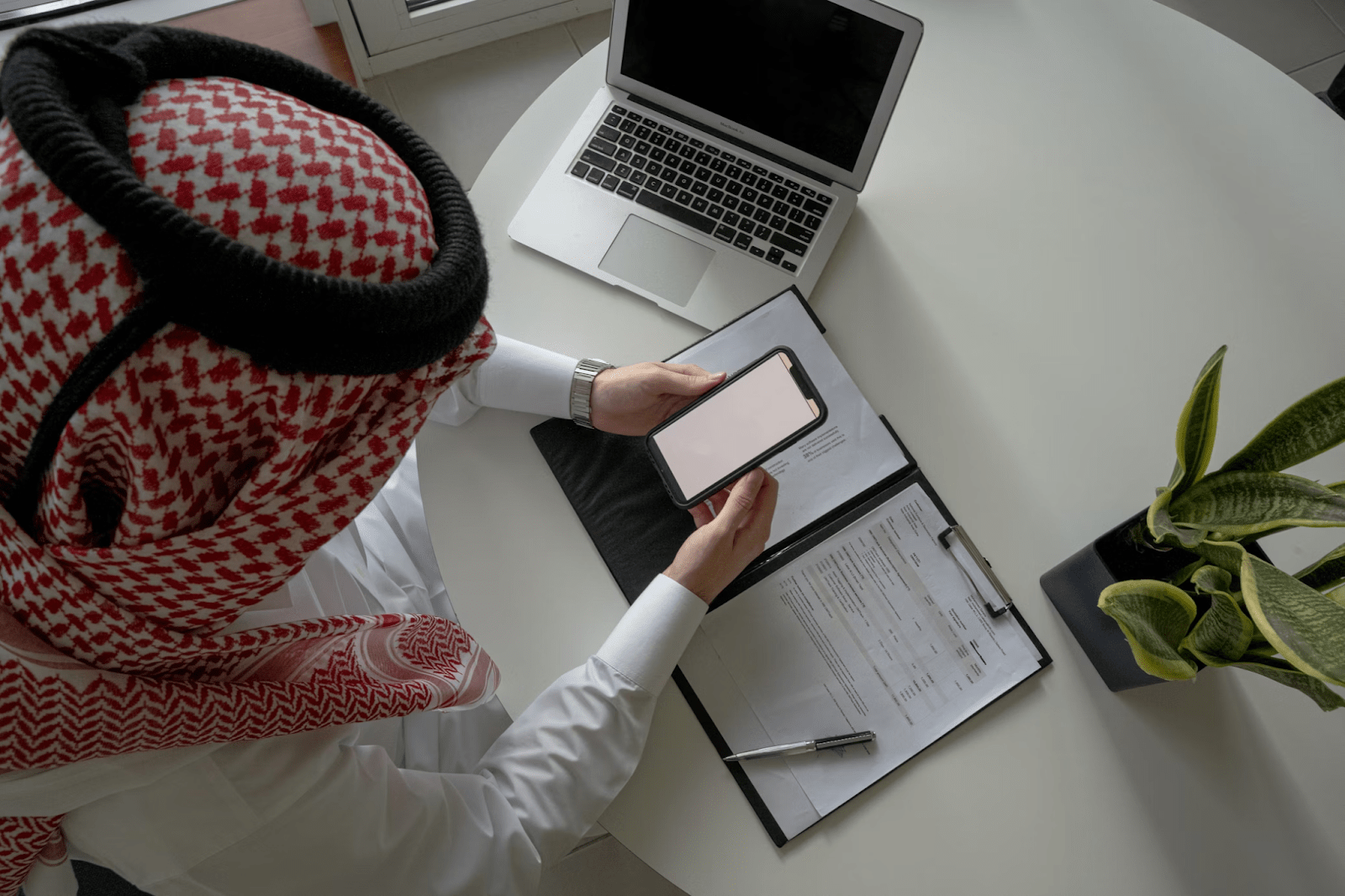
Progress is real, but there’s work to do. Mental health still carries stigma, especially among older Saudis. Many still believe therapy reflects weak faith or flawed character.
Younger generations are changing that. But real change needs more than hashtags. It requires investment, education, and culturally respectful care.
The government is taking steps in the right direction, from better laws to new clinics and wider awareness. Platforms like Qareboon are offering round-the-clock support. And digital therapy services are helping those who may not have access to traditional options.
The path forward will require more trained professionals, especially women. Insurance coverage needs to expand further. And culturally grounded programs must continue to grow so more people can feel safe seeking help. But what’s clear is that the old silence around therapy is being replaced by real, open conversations.
Mental health therapy in Saudi Arabia is no longer on the sidelines. It’s stepping into the light. One story, one session, one safe space at a time.
FAQs
Is mental health therapy common in Saudi Arabia?
Therapy is becoming more common in Saudi Arabia, especially among young people. Older generations may still hold traditional views, but that’s starting to change. More Saudis are opening up, talking about mental health, and seeking help.
How can I access mental health therapy in Saudi Arabia?
You can find therapy through private clinics, government hospitals, or online platforms. Apps like Labayh, Shezlong, and TherapyMantra connect you to certified therapists. Many of them speak Arabic and understand local culture.
What are the costs of therapy in Saudi Arabia?
Prices vary. Some online sessions start at $7. Platforms like Labayh charge up to 700 SAR for full plans. Private clinic sessions can cost more. Insurance helps in some cases, but affordability is still a challenge for many people.
Are there female therapists available in Saudi Arabia?
Yes, but they are in high demand. Many women prefer to speak with female therapists. This is especially true when the topic is personal or emotional. While more women are entering the field, finding one may depend on your location.
How is the Saudi government supporting mental health?
The government is taking action through Vision 2030. New clinics like Rafa and Azm have opened. Mental health is now part of primary care in over 800 clinics. Platforms like Qareboon offer 24/7 support. A mental health law also protects patient rights.

